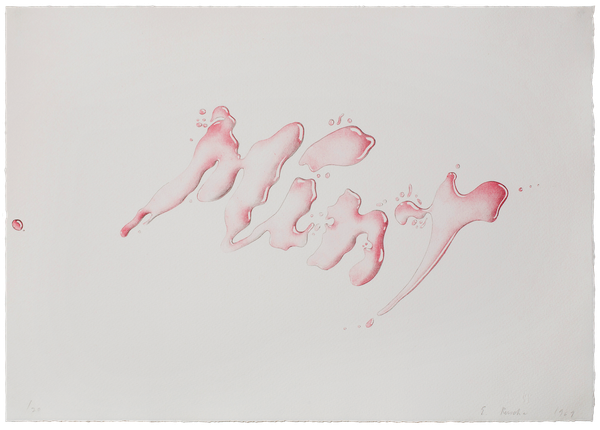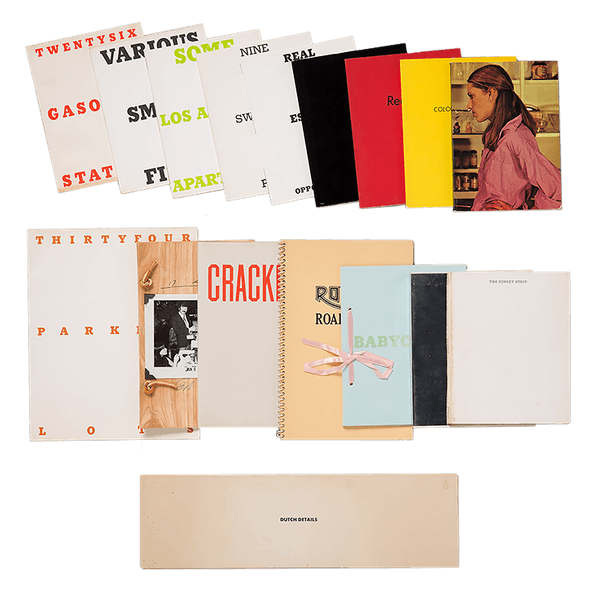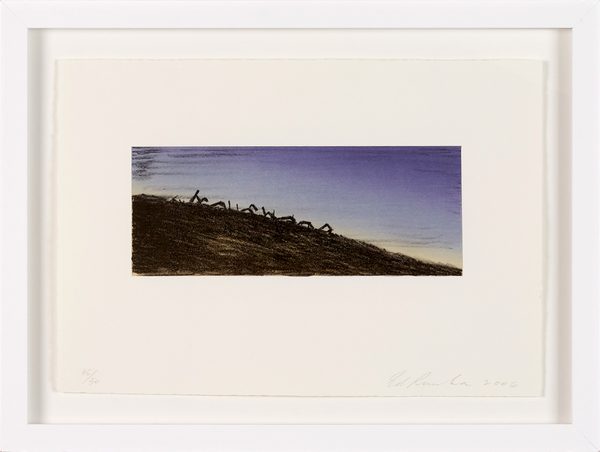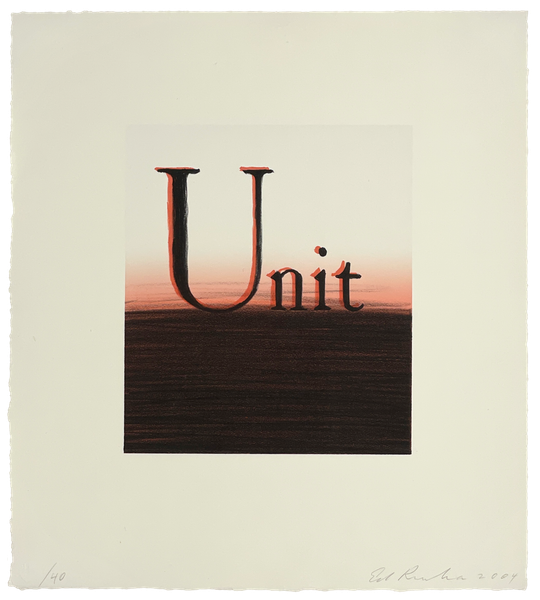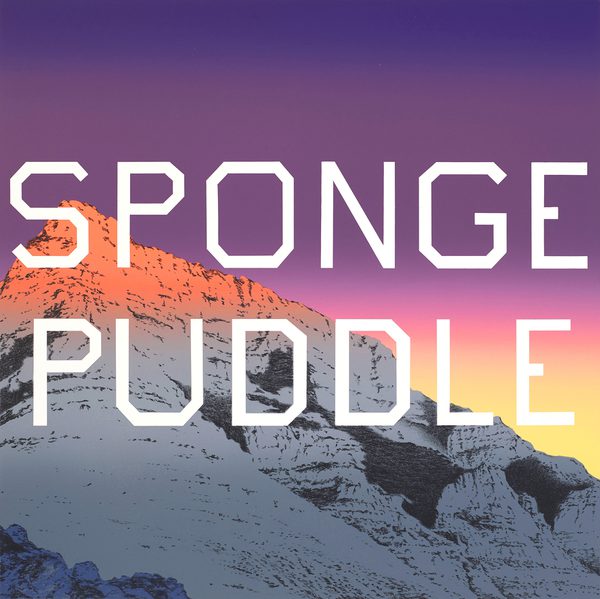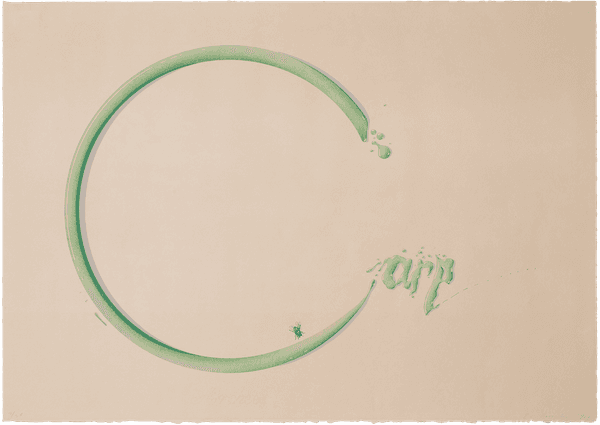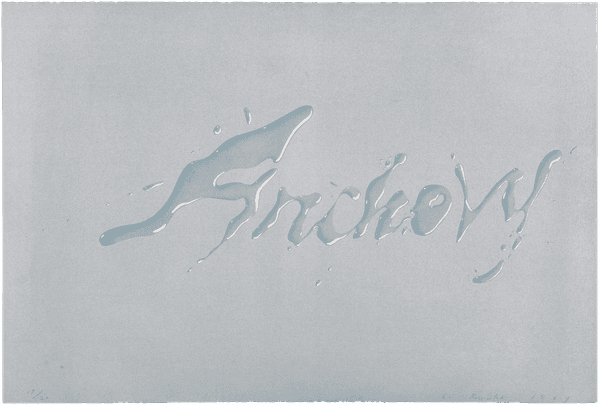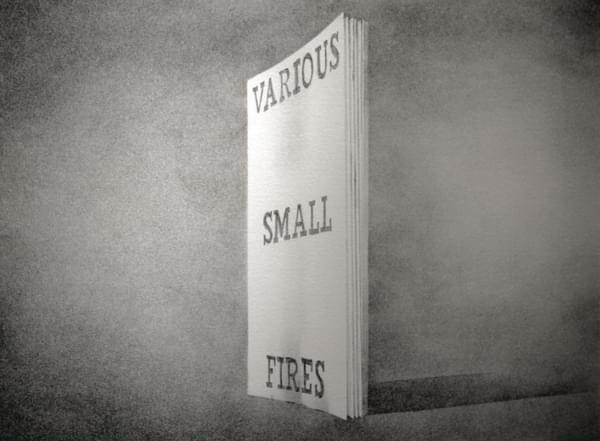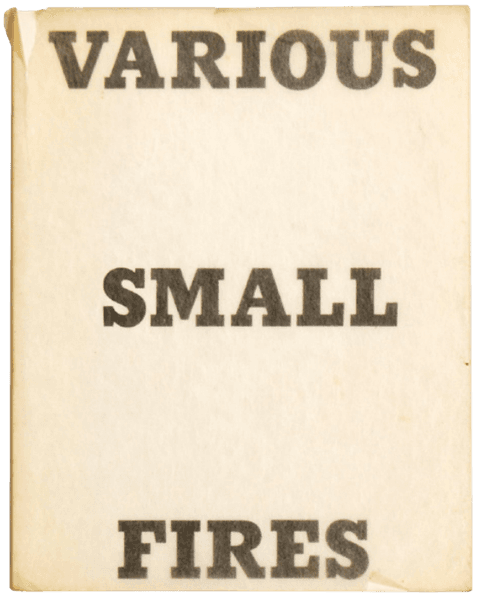Ghost Station
From its first appearance in his artists’ book Twentysix Gasoline Stations in 1963 and its subsequent translation into a masterpiece of American painting in 1964 as Standard Station, Amarillo, Texas, the Standard gasoline station features further in 5 master prints made by Ed Ruscha between 1966 and 2011 and is arguably his most iconic image.
Its stations ubiquitous across 20th Century America, John D. Rockefeller’s Standard Oil was at one point the largest company in the world. Even when broken up by the federal government into seven smaller companies, “Baby Standard” gasoline stations continued to line Route 66 from Los Angeles to Ruscha’s family home in Oklahoma City until 1984, when the brand became Chevron. Ruscha recorded several of these stations in his photographic book Twentysix Gasoline Stations, which promoted his interest in closely observing the banal and the mundane, the taken-for-granted and the overlooked. Taking the rather unremarkable source photograph, Ruscha transforms it with a radical foreshortening which centres the composition around a plunging diagonal line. In this way, and with a gorgeously subtle play on words, he creates his idealised “standard” gasoline station.
The first Standard Station screenprint, made in 1966 with a blue and fiery red background, was followed in 1969 by Mocha Standard, Cheese Mold Standard with Olive and Double Standard, all variations on the 1966 forerunner and printed in the same size from the same screens. This is how the subject was left for 42 years until, in 2011, Ruscha decided to revisit the theme, which was now considered one of the most famous images in Post-War art. A measure of how lionised the image of the Standard Station had become was shown when Christie’s offered Ruscha’s painting Burning Gas Station at auction in 2007. The painting sold for just under $7 million and held the record for the most expensive work by the artist to have been sold at auction, until that figure was surpassed by SMASH, 1963, which exceeded $30 million in 2014.
Ghost Station, of 2011, is an unexpected and triumphant, and possibly final, instalment in the series. An inkless embossed print on thick handmade paper, Ruscha acknowledges without any vanity that the public’s familiarity with Standard Station could, by now, sustain a minimal investigation into the motif. The absence of Standard gasoline stations in America for the quarter century prior to the publication of the work gives Ghost Station a particular resonance, although a reading of the work as socio-economic commentary is not fully satisfying. The work is unashamedly nostalgic, taking its title from the common term for disused or abandoned subway stations. Overcoming a powerful wistfulness towards this once common roadside site however, Ruscha makes his at-once subtle and bold mark on the paper in as eradicable a way as the image has itself been imprinted upon art history’s pages.
Ghost Station
- Artist
- Ed Ruscha (b.1937)
- Title
- Ghost Station
- Medium
- Inkless embossed print on thick handmade paper
- Date
- 2011
- Sheet
- 70.5 x 115.9 cm: 27 3/4 x 45 5/8 in
- Edition
- From the edition of 85, each signed, dated and numbered by the artist
- Publisher
- Mixografia, Los Angeles
- Printer
- Luis Remba for Mixografia, Los Angeles
- Exhibited
- de Young Museum, San Francisco, Ed Ruscha and the Great American West, 16 July - 9 Oct 2016 (another impression); British Museum, London, The American Dream, 9 Mar-18 Jun 2017 , no. G30 (another impression);
- Reference
- C14-52
- Status
- No Longer Available
Available Artists
- Ancart Harold
- Andre Carl
- Avery Milton
- Baldessari John
- Barnes Ernie
- Brice Lisa
- Castellani Enrico
- Crawford Brett
- Dadamaino
- Dávila Jose
- de Tollenaere Saskia
- Downing Thomas
- Dyson Julian
- Elsner Slawomir
- Freud Lucian
- Gadsby Eric
- Gander Ryan
- Guston Philip
- Haring Keith
- Held Al
- Hockney David
- Katz Alex
- Kentridge William
- Knifer Julije
- Le Parc Julio
- Leciejewski Edgar
- Léger Fernand
- Levine Chris
- LeWitt Sol
- Marchéllo
- Mavignier Almir da Silva
- Miller Harland
- Modé João
- Morellet François
- Nadelman Elie
- Nesbitt Lowell Blair
- O'Donoghue Hughie
- Perry Grayson
- Picasso Pablo
- Pickstone Sarah
- Prehistoric Objects
- Quinn Marc
- Riley Bridget
- Ruscha Ed
- Serra Richard
- Shrigley David
- Smith Anj
- Smith Richard
- Soto Jesús Rafael
- Soulages Pierre
- Spencer Stanley
- Taller Popular de Serigrafía
- The Connor Brothers
- Turk Gavin
- Vasarely Victor
- Wood Jonas

